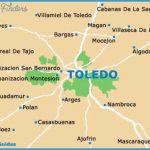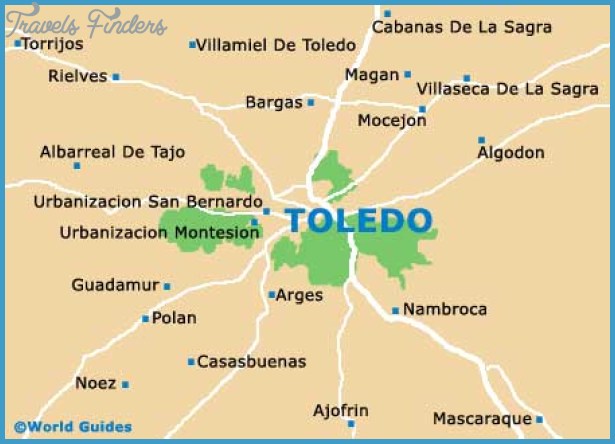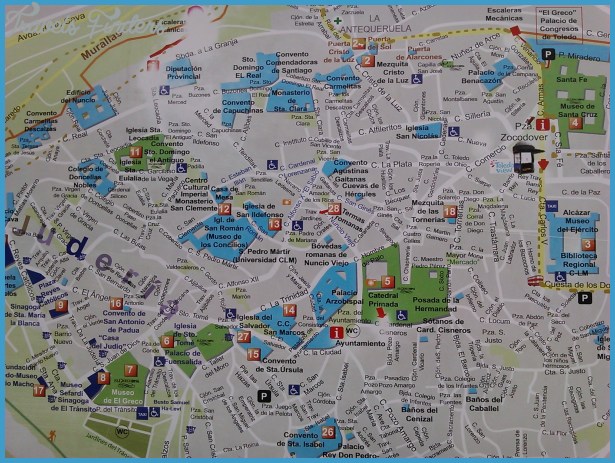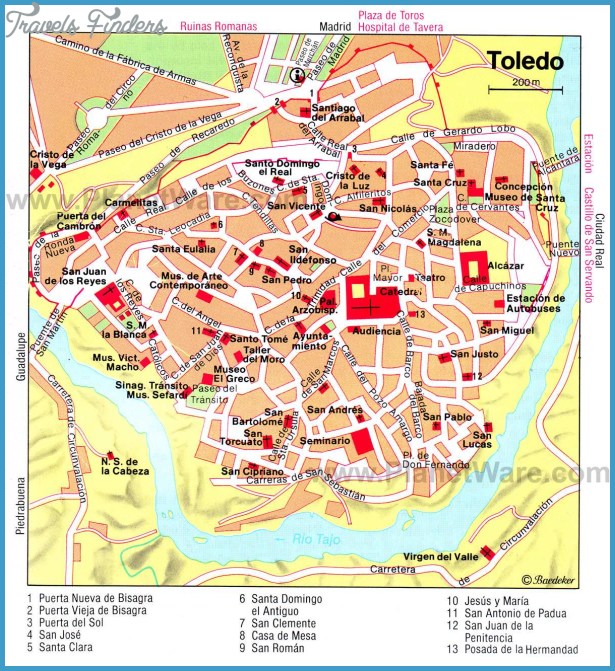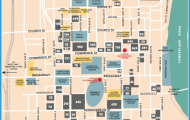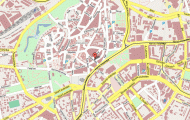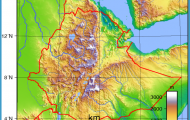Inverted torch, Pere-Lachaise
The draped cinerary urn is probably the most common nineteenth-century funerary symbol. Some nineteenth-century cemeteries appear to be a sea of urns. The drape can be seen as either a reverential accessory or as a symbol of the veil between earth and the heavens. The urn is to ashes as the sarcophagus is to the body, which makes the urn a very curious nineteenth-century funerary device since cremation was seldom practiced. Nowadays, the word ashes has been replaced by cremated remains (abbreviated to cremains by the death-care industry). But in the nineteenth century, urns seldom contained ashes; rather, they were used as decorative devices, perched on top of columns, sarcophagi and mausoleums, and carved into tombstones, doors and walls.
When you see a broken column in a cemetery it usually doesn’t mean a grave has been vandalized. In its purest symbolic form it means a life prematurely cut short, but it often simply means a life that has ended.
Broken column, Batignolles
Ouroborous, or Uroborus
In the cemetery, a snake biting or eating its tail is a symbol of immortality, rejuvenation and eternity. It is seldom used in funerary art nowadays, but it was a very popular symbol in nineteenth-century cemeteries. Images of the ouroboros can be found in the art of ancient Egypt (where it symbolized the daily cycle of the sun), China (where it was among the myriad yin and yang symbols), and the Roman Empire (where it was associated with Saturn, the god of time), as well as in European and American funerary art.
Hands that appear to be shaking are usually a symbol of matrimony. Look carefully at the cuffs and size of the hands. One should appear feminine and the other masculine. If they appear to be gender neutral, the hands can represent a heavenly welcome or an earthly farewell.

